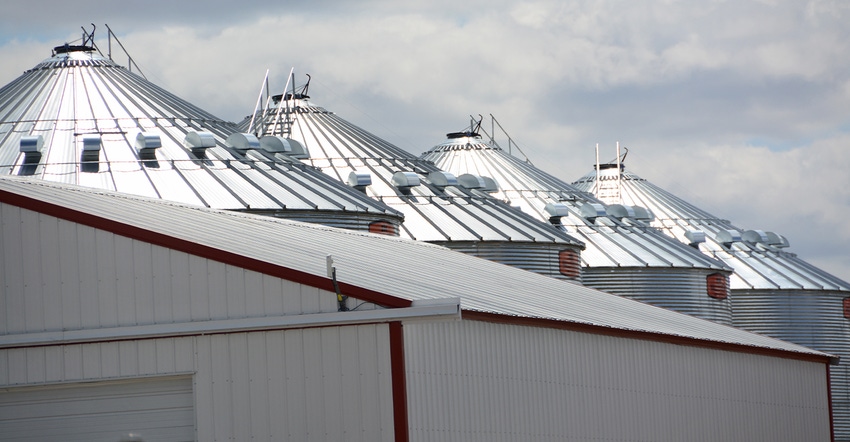
Don’t waste your time and money trying to dry corn with a natural air system during the winter, says Ken Hellevang, North Dakota State University Extension agricultural engineer.
Winter air doesn’t hold enough moisture to dry wet grain.
For example, in October about 10,000 pounds of 47 degree F and 70% relative humidity air moving through corn will extract an additional 70 pounds of water from the corn. It will be enough to dry corn from 21% to 16% moisture. The equilibrium moisture content (EMC) of corn, or the point at which the grain is neither gaining nor losing moisture, is 16%.
In January, the same amount of air at 7 degrees F and 70% humidity moving through corn can extract only about 9 pounds of moisture. You’d only be able to dry 21% moisture corn to about 19% moisture, the EMC of corn for that air condition.
There is also an issue of time, Hellevang says. Drying 21% corn in October to about 16% moisture takes about 50 days when using an airflow rate of 1 cubic foot per minute per bushel.
In winter, it would take 120 days at an air flow rate of 1 cubic foot per minute per bushel to get 21% moisture down to just 19% moisture.
Wait till spring
If you want to use a natural air system to dry corn, wait until the outdoor air temperature averages about 40 degrees, Hellevang recommends.
Until then, keep the stored grain temperature near or below 30 degrees.
About the Author(s)
You May Also Like






